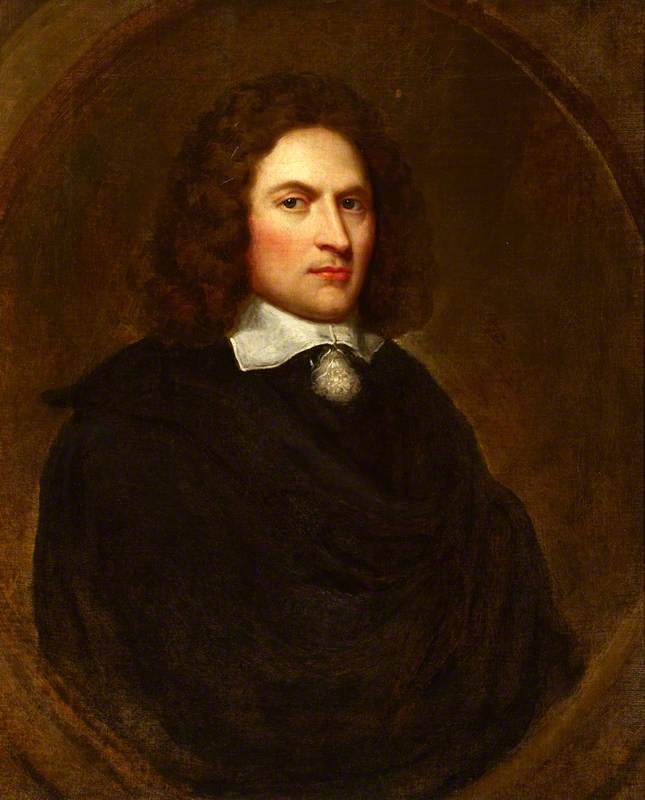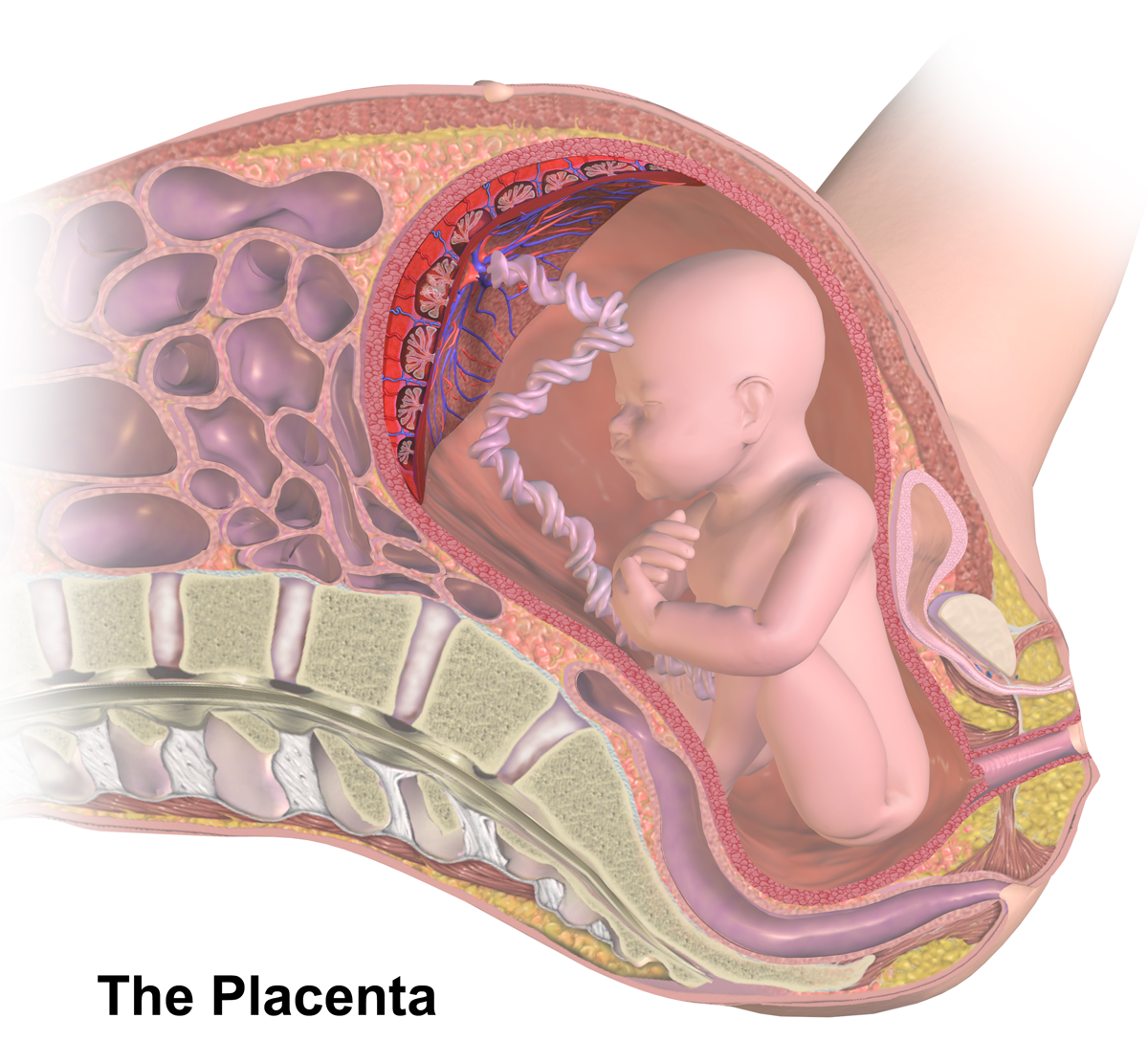|
Walter Needham
Walter Needham (1631?–5 April 1691) was an English physician, known as an anatomist. Life Needham was from Shropshire. Educated as a queen's scholar at Westminster School, he was elected to Trinity College, Cambridge, in 1650, admitted as a pensioner on 17 June 1650. In 1654 he graduated B.A., and on 25 July 1655 he was admitted a Fellow of Queens' College. At Trinity in the 1650s there was a scientific group, in which Needham participated, involving also Alexander Akehurst, Isaac Barrow, John Nidd, John Ray, and Francis Willughby. He left the university to practise medicine for a short time in Shropshire, in 1659. He also held the manor of West Bromwich. In 1660 Needham was living in Oxford and attending the lectures of Thomas Willis, Thomas Millington and his schoolfellow Richard Lower. There he met Anthony Wood, and associated with some of the founders of the Royal Society. He subsequently returned to Cambridge, and took the degree of doctor of physic from Queens' Colleg ... [...More Info...] [...Related Items...] OR: [Wikipedia] [Google] [Baidu] |
Shropshire
Shropshire (; abbreviated SalopAlso used officially as the name of the county from 1974–1980. The demonym for inhabitants of the county "Salopian" derives from this name.) is a Ceremonial counties of England, ceremonial county in the West Midlands (region), West Midlands of England, on the England–Wales border, border with Wales. It is bordered by Cheshire to the north-east, Staffordshire to the east, Worcestershire to the south-east, Herefordshire to the south, and the Welsh principal areas of Powys and Wrexham County Borough, Wrexham to the west and north-west respectively. The largest settlement is Telford, while Shrewsbury is the county town. The county has an area of and a population of 498,073. Telford in the east and Shrewsbury in the centre are the largest towns. Shropshire is otherwise rural, and contains market towns such as Oswestry in the north-west, Market Drayton in the north-east, Bridgnorth in the south-east, and Ludlow in the south. For Local government i ... [...More Info...] [...Related Items...] OR: [Wikipedia] [Google] [Baidu] |
Sir Robert Long, 1st Baronet
Sir Robert Long, 1st Baronet (c. 1600 – 13 July 1673) of Westminster was an English courtier and administrator who sat in the House of Commons at various times between 1626 and 1673. Background Long was the son of Sir Walter Long of South Wraxall and Draycot in Wiltshire, and his wife Catherine Thynne of Longleat. He matriculated at Magdalen Hall, Oxford on 1 February 1622, aged 16.'Alumni Oxonienses, 1500–1714: Lloyd-Lytton', Alumni Oxonienses 1500–1714 (1891) pp. 921–955. Career Long was elected Member of Parliament for |
English Anatomists
English usually refers to: * English language * English people English may also refer to: Culture, language and peoples * ''English'', an adjective for something of, from, or related to England * ''English'', an Amish term for non-Amish, regardless of ethnicity * English studies, the study of English language and literature Media * ''English'' (2013 film), a Malayalam-language film * ''English'' (novel), a Chinese book by Wang Gang ** ''English'' (2018 film), a Chinese adaptation * ''The English'' (TV series), a 2022 Western-genre miniseries * ''English'' (play), a 2022 play by Sanaz Toossi People and fictional characters * English (surname), a list of people and fictional characters * English Fisher (1928–2011), American boxing coach * English Gardner (born 1992), American track and field sprinter * English McConnell (1882–1928), Irish footballer * Aiden English, a ring name of Matthew Rehwoldt (born 1987), American former professional wrestler ... [...More Info...] [...Related Items...] OR: [Wikipedia] [Google] [Baidu] |
17th-century English Medical Doctors
The 17th century lasted from January 1, 1601 (represented by the Roman numerals MDCI), to December 31, 1700 (MDCC). It falls into the early modern period of Europe and in that continent (whose impact on the world was increasing) was characterized by the Baroque cultural movement, the latter part of the Spanish Golden Age, the Dutch Golden Age, the French ''Grand Siècle'' dominated by Louis XIV, the Scientific Revolution, the world's first public company and megacorporation known as the Dutch East India Company, and according to some historians, the General Crisis. From the mid-17th century, European politics were increasingly dominated by the Kingdom of France of Louis XIV, where royal power was solidified domestically in the civil war of the Fronde. The semi-feudal territorial French nobility was weakened and subjugated to the power of an absolute monarchy through the reinvention of the Palace of Versailles from a hunting lodge to a gilded prison, in which a greatly expanded ro ... [...More Info...] [...Related Items...] OR: [Wikipedia] [Google] [Baidu] |
1691 Deaths
Events January–March * January 6 – King William III of England, who rules Scotland and Ireland as well as being the Stadtholder of the Dutch Republic, departs from Margate to tend to the affairs of the Netherlands. * January 14 – A fleet of ships carrying 827 Spanish Navy sailors and marines arrives at Manzanillo Bay on the island of Hispaniola in what is now the Dominican Republic and joins 700 Spanish cavalry, then proceeds westward to invade the French side of the island in what is now Haiti. * January 15 – King Louis XIV of France issues an order specifically prohibiting play of games of chance, specifically naming basset and similar games, on penalty of 1,000 livres for the first offence. * January 23 – Spanish colonial administrator Domingo Terán de los Ríos, most recently the governor of Sonora y Sinaloa on the east side of the Gulf of California, is assigned by the Viceroy of New Spain to administer a new province that governs lands on both sides of ... [...More Info...] [...Related Items...] OR: [Wikipedia] [Google] [Baidu] |
Richard Wiseman (surgeon)
Richard Wiseman (1622–1676) was an English surgeon, the first consultant surgeon in London. He was personal surgeon to King Charles II, and author of a medical work called ''Severall Chirurgical Treatises''. Early life Wiseman's parentage is uncertain. In early 1637, at age 16, he was apprenticed at the Barber-Surgeons' Hall to Richard Smith, surgeon, of Little Britain, London. Civil War years Wiseman learned surgery on the battlefield. During the First English Civil War, he joined the royalist army of the west, then under the nominal command of the Prince of Wales. He was present at the first battle of Weymouth on 9 February 1645. He remained in Weymouth during the siege, and subsequently seems to have accompanied the royalist forces into Somerset and Cornwall; he was present at the siege at Taunton, and took part in the fighting of Truro. The royalist army was then under the command of Ralph Hopton, 1st Baron Hopton. After the defeat at Truro, on his own account, Wiseman ... [...More Info...] [...Related Items...] OR: [Wikipedia] [Google] [Baidu] |
Placenta
The placenta (: placentas or placentae) is a temporary embryonic and later fetal organ that begins developing from the blastocyst shortly after implantation. It plays critical roles in facilitating nutrient, gas, and waste exchange between the physically separate maternal and fetal circulations, and is an important endocrine organ, producing hormones that regulate both maternal and fetal physiology during pregnancy. The placenta connects to the fetus via the umbilical cord, and on the opposite aspect to the maternal uterus in a species-dependent manner. In humans, a thin layer of maternal decidual ( endometrial) tissue comes away with the placenta when it is expelled from the uterus following birth (sometimes incorrectly referred to as the 'maternal part' of the placenta). Placentas are a defining characteristic of placental mammals, but are also found in marsupials and some non-mammals with varying levels of development. Mammalian placentas probably first evolved abou ... [...More Info...] [...Related Items...] OR: [Wikipedia] [Google] [Baidu] |
Bibliotheca Anatomica
''Bibliotheca Anatomica'' is a Latin-language human anatomy text edited by Daniel Le Clerc (or Daniel LeClerc) and Jean-Jacques Manget, two physicians from Geneva. The work was published in Geneva by Sumptibus J. A. Chouët and Davidis Ritter. Extending to two folio volumes and encompassing almost all significant anatomical publications across the several decades prior to its publication, including the writings of Thomas Bartholin, Regnier de Graaf, William Harvey, Richard Lower, Marcello Malpighi, Jan Swammerdam, Raymond Vieussens, and Thomas Willis Thomas Willis Fellow of the Royal Society, FRS (27 January 1621 – 11 November 1675) was an English physician who played an important part in the history of anatomy, neurology, and psychiatry, and was a founding member of the Royal Society. L ..., ''Bibliotheca Anatomica'' is the most comprehensive collection of anatomical treatises produced in the 17th century. References External links''Bibliotheca anatomica'' - Open Librar ... [...More Info...] [...Related Items...] OR: [Wikipedia] [Google] [Baidu] |
Jean-Jacques Manget
Jean-Jacques Manget (or Johann Jacob Mangetus) (1652–1742) was a Genevan physician and writer. He was known for his work on epidemic diseases such as bubonic plague and tuberculosis. In addition to his own researches, he assiduously compiled preceding medical literature. With Théophile Bonet, he is considered one of the "great compilers" of knowledge in the areas of medicine, surgery and pharmacology. He also published a major collection of alchemical works, the '' Bibliotheca Chemica Curiosa'' (1702). Life He was born in Geneva, the son of a merchant. He graduated as a physician at the University of Valence in 1678. Later he became the Dean of the Valence medical faculty. Frederick III, Elector of Brandenburg made Manget his personal physician in 1699. Works Manget was one of the first doctors to carry out studies of the pathological anatomy of miliary tuberculosis. He coined the term based on his observation of widespread tiny lesions like millet seeds in the liver, lun ... [...More Info...] [...Related Items...] OR: [Wikipedia] [Google] [Baidu] |
Daniel Le Clerc
Daniel Le Clerc (February 4, 1652 – June 8, 1728; also spelled Leclerc) was a Genevan medical writer of the late 17th and early 18th centuries. He wrote the seminal ''Histoire de la Medecine'', and co-edited the equally groundbreaking text '' Bibliotheca Anatomica'' with Jean-Jacques Manget. Life Le Clerc was born in Geneva on February 4, 1652. As a student he traveled to Paris, Valence, and Montpellier, to study medicine, eventually returning to Geneva to begin his professional practice. Leclerc was the author of a number of books, though it is the ''Histoire de la Medecine'' which made his reputation. The work was unique in its time in that it went beyond merely describing the current state of medical knowledge, but delved in detail into the history of medical knowledge from the ancient world until contemporary times, and gave special emphasis to ancient Greek medicine Ancient Greek medicine was a compilation of theories and practices that were constantly expanding throug ... [...More Info...] [...Related Items...] OR: [Wikipedia] [Google] [Baidu] |
Robert Boyle
Robert Boyle (; 25 January 1627 – 31 December 1691) was an Anglo-Irish natural philosopher, chemist, physicist, Alchemy, alchemist and inventor. Boyle is largely regarded today as the first modern chemist, and therefore one of the founders of modern chemistry, and one of the pioneers of modern experimental scientific method. He is best known for Boyle's law, which describes the inversely proportional relationship between the absolute pressure and volume of a gas, if the temperature is kept constant within a closed system. Among his works, ''The Sceptical Chymist'' is seen as a cornerstone book in the field of chemistry. He was a devout and pious Anglican and is noted for his works in theology. Biography Early years Boyle was born at Lismore Castle in County Waterford, in the far south of Ireland, the seventh son and fourteenth child of Richard Boyle, 1st Earl of Cork, the 1st Earl of Cork ("the Great Earl of Cork") and Catherine Fenton Boyle, Catherine Fenton. Lord Cor ... [...More Info...] [...Related Items...] OR: [Wikipedia] [Google] [Baidu] |





